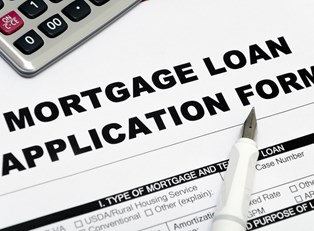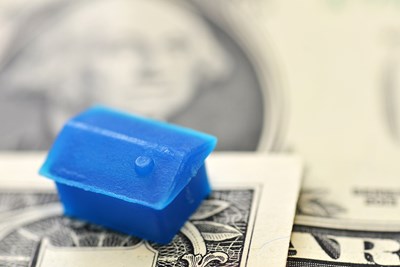It’s time to sign up for a mortgage, and you’re approached with time periods—a 30-year mortgage or a 15-year mortgage. Which do you choose? Both mortgage types have benefits and drawbacks, but you can choose between them easily by asking yourself a few questions.
Interest Rates
New homeowners want the lowest interest rate they can get, which usually comes with the 15-year mortgage. This is because banks have a lower risk when a borrower accepts a 15-year mortgage. It costs less for banks to make shorter-term loans, so they pass the savings onto consumers. According to BankRate, the average interest rate for a 15-year fixed loan is currently 3.41%.
30-year mortgages will naturally have higher interest rates, which may not be what new homeowners are willing to pay. The higher the interest rate, the higher total cost someone will pay over the life of the loan. According to BankRate, a 30-year fixed loan has a 4.2% interest rate.
Total Cost
As mentioned above, the interest rate for a 15-year mortgage is lower than a 30-year fixed mortgage, but less than a 1% interest rate doesn’t seem that much higher, right? Yet, that small rise can increase the total cost of your loan by nearly $100,000 because it’s spread out over a longer period of time. You’re paying on your loan and accumulating interest the full 30 years rather than just 15.
For example, a $220,000 15-year fixed loan with a 3.41% rate with loan will cost $60,156 in interest. Alternatively, the same loan at a 30-year fixed loan with 4.2% interest costs a future homeowner $166,766 of interest. As you can see, as the interest rate increases so does the overall cost of the loan.
Monthly Cost
Monthly cost is another important aspect most borrowers consider. An extremely high monthly cost can keep you from owning a home. Between the two loans, the monthly payment for a 15-year mortgage is greater than a 30-year mortgage. This is because you’re paying off the loan at a faster rate, which decreases the total cost but increases your monthly payment.
Overall, it’s important to consider your monthly cost of the home as well as the total cost. If you cannot make monthly payments with a 15-year loan, it may be best to get a 30-year loan even though you’ll be paying much more money in interest.
Additionally, a borrower can always choose to pay extra if they can each month toward the principle, which can decrease your 30-year loan to a much shorter time period. However, if you choose a 15-year loan and have trouble paying, you may end up losing your house, which can reflect poorly on your credit score in the future when you attempt to get another. It can be hard paying an extra $100,000 on a loan toward interest, but it may be easier for some budgets.



